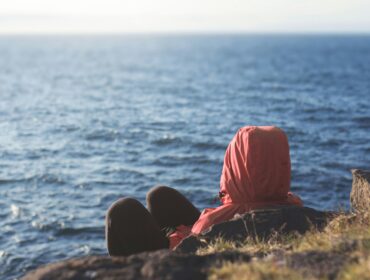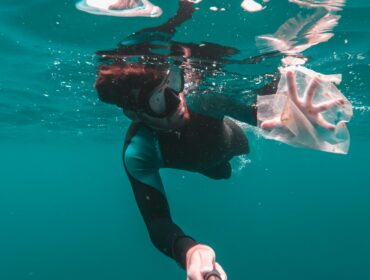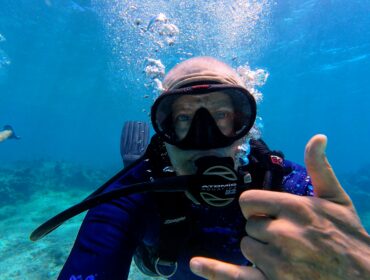Marine dead zones are a modern and man made problem. Thought to be a direct result of toxins and pollution in the water, these zones are areas in the ocean that are no longer able to support life. Zones that are devoid of life are most often caused by pollution from human industry. There may be natural factors that contribute to the death of an area of ocean. Man made or natural, the result remains the same – the oxygen depleted zones are simply unable to support life.
Marine dead zones are generally caused by an increase in nitrogen and phosphorous in the water. Though these chemical nutrients do not necessarily kill off marine life, they do allow certain kinds of phytoplankton to thrive, causing what is called an “algal bloom”. The density of the blooming phytoplankton takes over the area, depleting the ocean of nutrients vital to other plant and animal life. Unable to escape the toxic water, fish and other life are trapped without essential nutrients and oxygen. The flora and fauna then die and decompose.
In the 1970s marine biologists and oceanographers began to notice an increase in areas devoid of marine life. These areas were particularly concentrated along coastlines near heavily populated areas. By 2004, there were 146 recorded zones where marine life could no longer survive. By 2008, 405 of these lifeless zones were on record. Some zones were less than one kilometer square, but the largest covers 70,000 square kilometers.
Zones without marine life have been seen in Chesapeake Bay, off the coast of Scandinavia, and in the Gulf of Mexico. Off of the coast of Oregon, there is a zone measuring 780 square kilometers. The most notable of these zones is in the Gulf of Mexico and is over 17,000 square kilometers. Thought to be caused by industrial run off from the Mississippi River, this zone continues to increase in size.
The good news about marine dead zones is that they have proven to be a reversible phenomenon. By reducing the amount of industrial waste, particularly from man made fertilizers, zones thought previously to be dead can revert to their former states. A reduction in the production of fertilizers near the Black Sea after the fall of the Soviet Union allowed a large dead zone to “heal”. Now that wildlife is thriving in the Black Sea once more, fishing in that area has become a major economic support.




